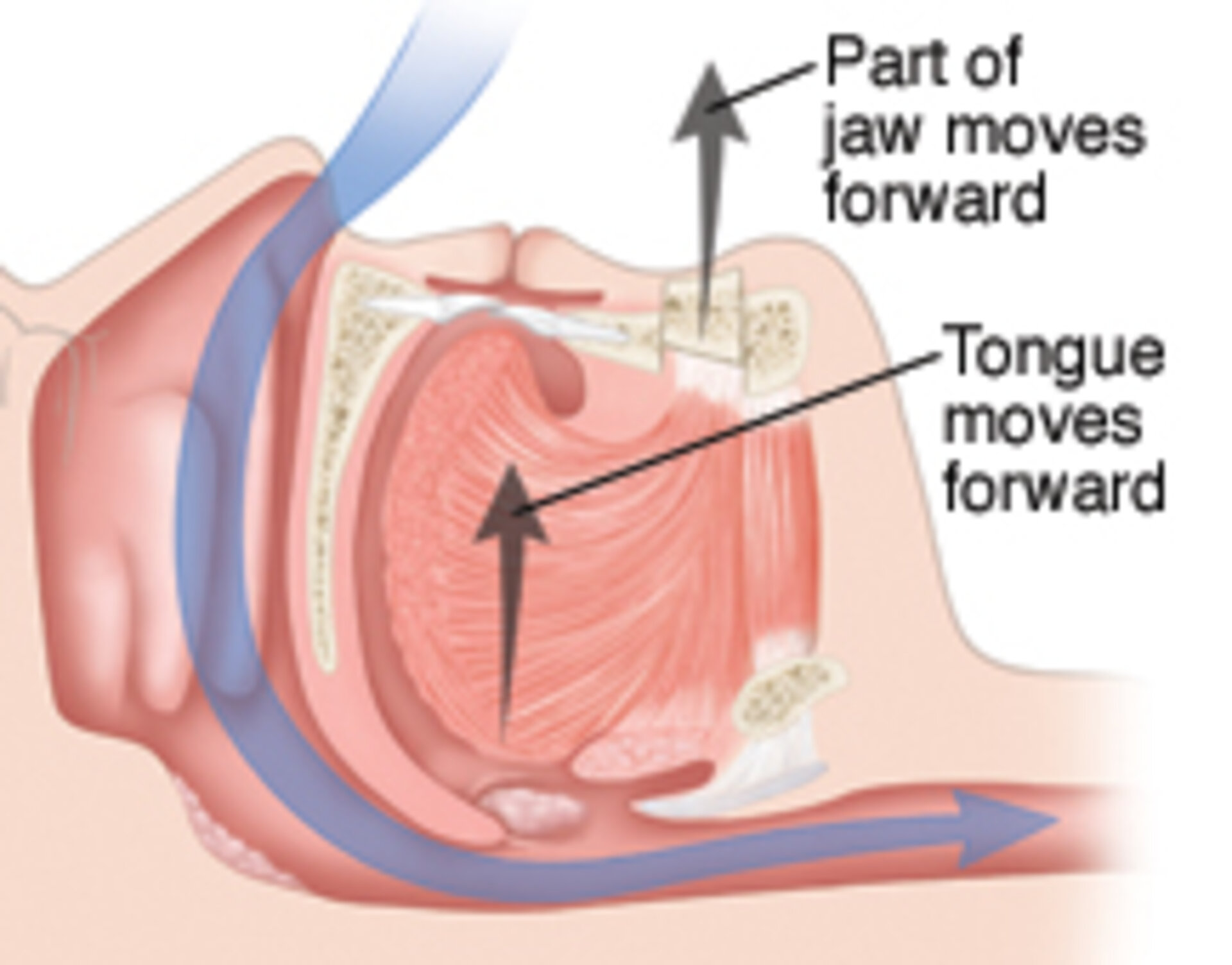
Many people ask about the benefits of a partial or full facelift when they are considering plastic surgery. Each procedure offers its own advantages. These are the main differences. If you're interested in a full facelift, you should ask your surgeon about the risks and recovery time for each option. Also, consider the location of the incisions for each procedure. Both options are possible to improve your appearance, but the method you choose will depend on your specific needs.
Mini facelift
A mini facelift is performed on the lower part of the face, usually around the jaw and neck. The incisions used for mini facelifts are usually smaller and made in a more shallow plane than for full-facelifts. This allows the surgeon to perform limited skin removal and muscle tightening, thereby minimizing the appearance of scarring. This type of procedure is best suited for younger adults who want to maintain perfect skin while reducing the risk of facial aging. However, older people who are prone to facial laxity may want to have a full facelift to eliminate the appearance of loose skin and improve their overall appearance.
Full facelift
A full facelift is the most effective and fastest of the two types of facial rejuvenation. A full facelift targets deeper structures, muscles and facial tissues. The surgeon also separates the loose skin from the deepest facial tissues. A full facelift can also include several techniques, such as repositioning and repositioning of skin in areas that is sagging. This procedure may take between two and five hours to complete.

Mid facelift
Mid-facelifts include incisions made around the mouth, hairline, and below the lower eyelids. Through these incisions, tissue on the cheeks is lifted up to reduce the heaviness and restore the contours of the face. Some patients may experience some swelling and bruising for a few days after the procedure. However, this should diminish over time. The doctor may prescribe pain medication after the procedure.
Deep plane facelift
A mini facelift or a deep plane may be the best option for you. A deep plane facelift is more natural than a mini one and will provide a permanent lift. A deep-plane facelift will address structural parts of your face and result will last longer.
Millennials more likely get a mini facelift
To improve their looks, millennials are turning to cosmetic surgery more often in their 20s. This generation, who grew up on social media, is well-known for comparing themselves to others. Although it might be difficult to believe, some millennials believe that a facelift will make their appearance older than they really are. For that reason, they have chosen mini facelifts.
Recovery time
The recovery time for a Mini Face Lift varies depending upon factors like age, health, and the type. Both procedures generally result in an improvement in your appearance. Before you undergo surgery, read through the complete recovery guide. It provides instructions on caring for and cleaning your incisions. Also, plan a day of rest and no heavy exercise for the following days.

Cost
Although mini facelifts are less expensive than full-facelifts, they still require substantial financial investments. Most health insurance plans do not cover cosmetic surgery. These plans don't usually cover cosmetic surgery, so patients might need to pay up front. Plastic surgeons can provide advice about arranging the financial arrangements required to cover the costs. A third party financing company for medical care can help you pay for your cosmetic procedures.